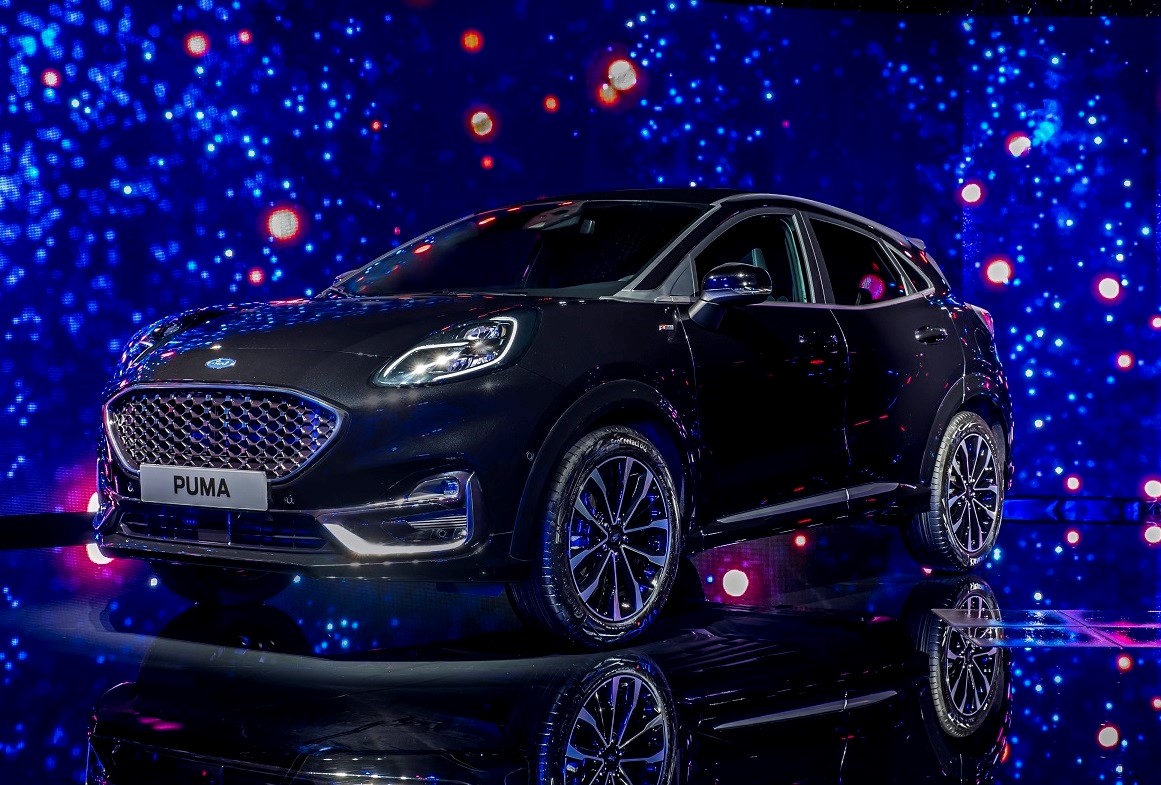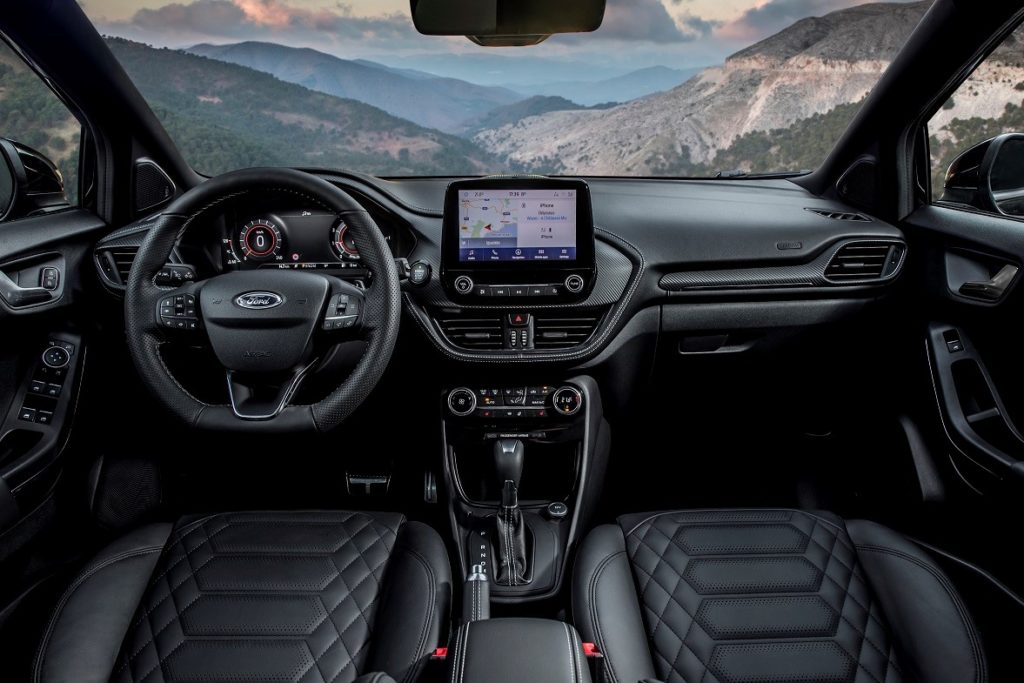
Ford has expanded the range of Puma compact crossover versions with additional powertrain and equipment options, thanks to which the showrooms have an extremely diverse offer.
Customers can now choose for the first time between Puma versions, equipped with a 120-horsepower 1.5-liter EcoBlue diesel engine, with a new, dual-clutch, seven-speed automatic transmission, or they can opt for the luxury Puma ST-Line V.
Ford has invested around EUR 200 million to develop Puma’s production at the most modern plant in Craiova, Romania, where Ford’s total investment since 2008 has reached almost 1.5 billion. euro.
A diverse range of propulsion systems
The new 1.5-liter EcoBlue diesel engine with 120 HP, coupled with a six-speed manual transmission, will be an excellent choice for drivers achieving high mileage – it allows CO2 emissions from 99 g / km and fuel consumption from 3.8 l / 100 km, measured in the NEDC cycle (from 118 g / km and 4.5 l / 100 km in the WLTP cycle).
The 1-liter EcoBoost petrol engine with 125hp, transmitting via seven-speed automatic transmission offers CO2 emissions from 110g / km and fuel consumption of 4.9l / 100km according to NEDC (137g / km and 6.0l / 100 km according to WLTP). The greater the number of gears and the specificity of the dual clutch operation affect the smoothness of gear shifting, and also contribute to lower fuel consumption, higher working culture and powertrain dynamics.
Puma owners were among the first to benefit from the sophisticated architecture of a soft hybrid at the end of the year to reduce fuel consumption. EcoBoost hybrid drive systems in the Puma range are offered in two power variants in combination with six-speed manual transmissions:
- The 125 hp EcoBoost Hybrid system with a 1-liter gasoline engine provides CO2 emissions from 97 g / km and fuel consumption of 4.3 l / 100 km according to NEDC (126 g / km and 5.5 l / 100 km according to WLTP)
- 1.0-liter EcoBoost Hybrid with 155 hp, CO2 emissions from 99 g / km and fuel consumption of 4.4 l / 100 km according to NEDC (126 g / km and 5.5 l / 100 km according to WLTP)
The 1.0-liter 125 HP EcoBoost with six-speed manual transmission emits CO2 from 103 g / km and provides fuel consumption of 4.5 l / 100 km NEDC (131 g / km and 5.7 l / 100 km WLTP). The 1.0-liter 95 HP EcoBoost with the same transmission emits CO2 from 102 g / km and ensures fuel consumption of 4.5 l / 100 km in the NEDC cycle (129 g / km and 5.7 l / 100 km WLTP) ).
Luxury Puma ST-Line V

Puma ST-Line V, based on the sports version of ST-Line, brings even more prestige and additional elements to the range. Stands out with a satin aluminum upper radiator grille, together with a frame, an ebony color lower grille, a body color lower bumper and a large rear spoiler. Standard specification includes LED headlights, leather Windsor seats, Manacor leather steering wheel, high-end B&O audio system and system Ford KeyFree keyless access.
Other versions of Puma, including Trend, Titanium, Titanium X and ST-Line X are fitted with Ford’s innovative technologies as standard, such as early warning of road dangers, using communication via a FordPass Connect * modem, and offer owners a functional MegaBox that can hold upright position, unstable objects up to 115 cm high, such as potted plants or golf clubs.
Earlier this month, Ford announced that Puma ST, a new model created by Ford Performance, will join the range later this year.
Source: Ford
Decoding VIN Number


 EN
EN PL
PL RU
RU DE
DE HU
HU EE
EE LV
LV RO
RO SI
SI CZ
CZ LT
LT